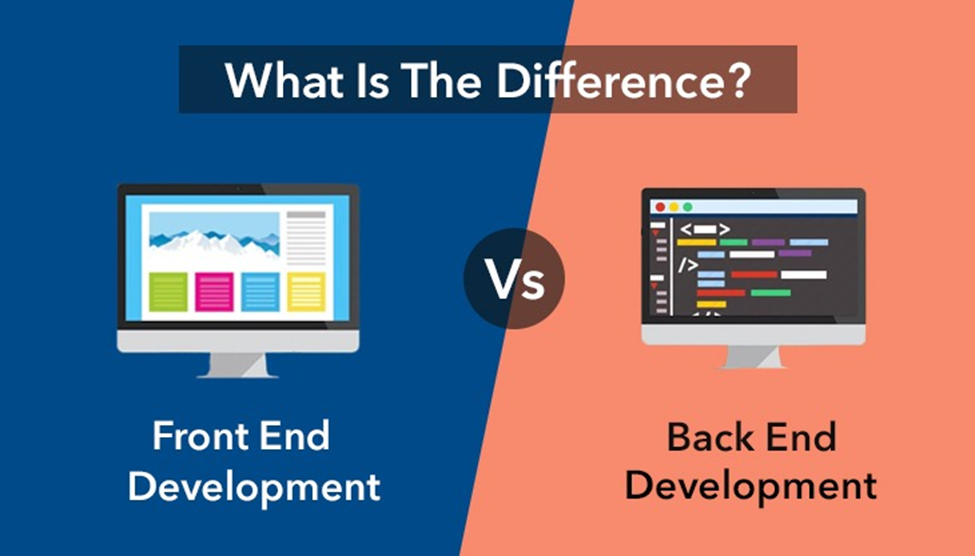What is the difference between front-end and back-end development?
- jesus martinez

- Sep 13, 2024
- 2 min read
Front-End vs. Back-End Development: Understanding the Differences
In the realm of software engineering, two distinct areas of focus emerge: front-end and back-end development. Let's explore the differences between these two disciplines:
Front-End Development: Front-end development, also known as client-side development, refers to the creation of the user interface and user experience of a software application. Front-end developers are primarily concerned with what users interact with directly in their web browsers or mobile devices. This includes designing and implementing the layout, structure, and visual elements of the application using technologies such as HTML, CSS, and JavaScript. Front-end developers also work with frameworks and libraries like React, Angular, or Vue.js to enhance interactivity and responsiveness.
Back-End Development: In contrast, back-end development, or server-side development, focuses on the behind-the-scenes functionality of a software application. Back-end developers are responsible for implementing the logic, data processing, and server-side operations that power the application's functionality. This includes tasks such as handling user authentication, database interactions, business logic implementation, and server configuration. Back-end developers often work with programming languages like Python, Java, Node.js, or Ruby, as well as frameworks such as Django, Spring Boot, Express.js, or Ruby on Rails.
Key Differences: The main difference between front-end and back-end development lies in their areas of focus and the technologies they use. Front-end developers deal with the presentation layer of the application, ensuring a seamless and visually appealing user experience. On the other hand, back-end developers focus on the server-side aspects of the application, implementing the logic and functionality that enable the front-end to communicate with databases, external services, and other backend systems.
Collaboration: While front-end and back-end development are distinct disciplines, they often overlap, especially in full-stack development roles. Collaboration between front-end and back-end developers is essential to ensure that the entire software application functions harmoniously. Effective communication and coordination between these teams ensure that the front-end and back-end components integrate seamlessly, resulting in a cohesive and functional user experience.
In summary, front-end and back-end development represent two essential aspects of software engineering, each with its own focus, technologies, and responsibilities. Together, they contribute to the creation of robust, user-friendly, and feature-rich software applications that meet the needs and expectations of users and stakeholders.





Comments